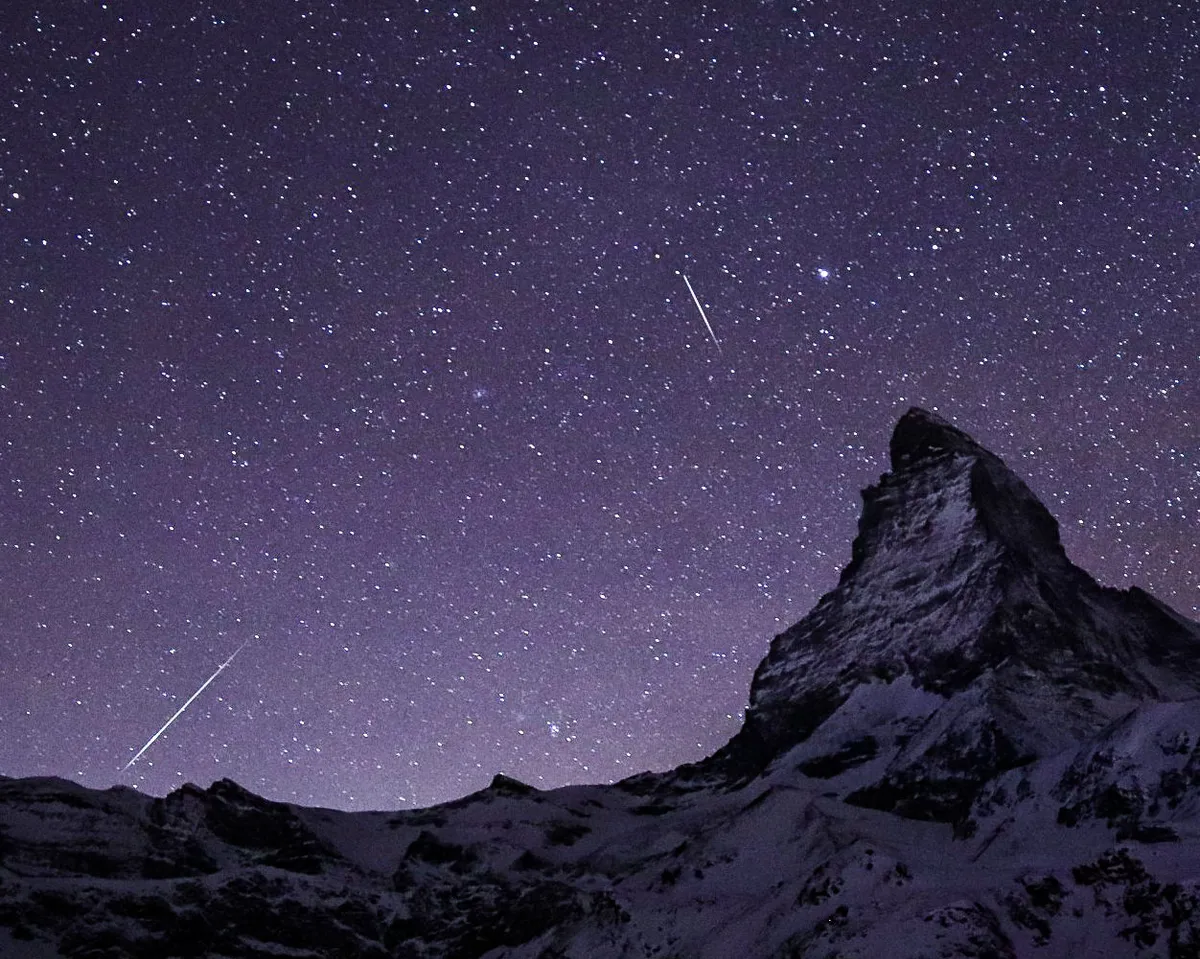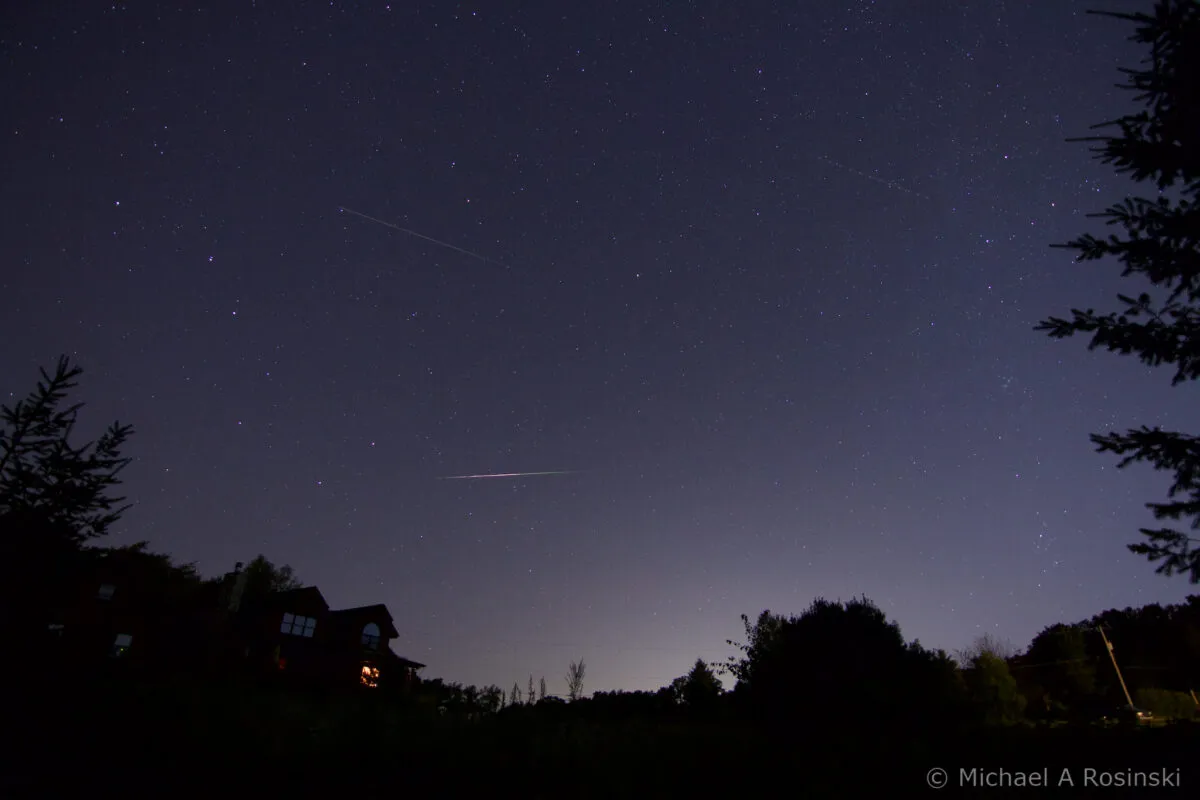In 2022, almost all the major showers were gatecrashed by the Moon, its bright light overpowering dimmer meteors, reducing the number that could be seen.
Starting with the Lyrid meteor shower in April, 2023 has so far been be a great year for meteor showers.
This year, all the major showers occur near to new Moon, meaning the moon will be both dimmer and below the horizon for most of the night during the peak of the major meteor showers.
For more stargazing advice, sign up to receive the BBC Sky at Night Magazine e-newsletter and listen to our weekly Star Diary podcast.

Another factor affecting how many meteors you can expect to see is how prolific the meteor shower is, which is measured by its Zenithal Hourly Rate (ZHR).
This is the number of meteors you would see under perfect conditions, if the shower was coming from directly overhead.
In reality, the number you will see will be significantly less, closer to half.

What is a meteor shower?
From Earth, we see meteors in the sky when particles of interstellar dust enter Earth’s atmosphere at high speeds.
They burn up and leave a momentary - but visible to the naked eye - streak across the night sky.
Often, the meteor you see in the night sky is simply a 'random' - or sporadic, to be precise - meteor.
But at certain times of the year, as Earth orbits the Sun our planet ploughs through denser streams of particles left behind by comets.
These are meteor showers, and each annual shower gets its name from the constellation from which they appear to emanate (known as the 'radiant').
Below are the dates of the meteor showers in 2023 where the Moon will be most favourable.
You can find out more about the science in our guide on what causes meteor showers, and for more info on how to observe them, read our guide on when the next meteor shower is occurring.
Video: How to see a meteor shower
2023's best meteor showers
Lyrid meteor shower
- When: 16–25 April
- Peak: 22/23 April
- ZHR: 15-20
Perseid meteor shower
- When: 17 July–24 August
- Peak: 13 August
- ZHR: 100–150
Draconid meteor shower
- When: 6–10 October
- Peak: 7 October
- ZHR: 5
Orionid meteor shower
- When: 2 October–7 November
- Peak: 21/22 October
- ZHR: 20
Leonid meteor shower
- When: 6–30 November
- Peak: 17/18 November
- ZHR: 10–15
Geminid meteor shower
- When: 7–17 December
- Peak: 13/14 December
- ZHR: 150
This guide originally appeared in the January 2023 issue of BBC Sky at Night Magazine.
